
Has China’s economy stabilized? It is still early to make this conclusion.
There are signs that China’s economy has stabilized and improved, which proves that the supply-side reform and a series of combined policies have taken effect, said Mao Shengyong, the new spokesperson of the National Bureau of Statistics (NBS) on Nov. 14.
Mao added that it might not be a problem for China to achieve 6.5 percent growth throughout the year, but the economy operation still faces difficulties. “For example, the international and domestic environment is complicated, and as to many issues, china is in a dilemma. The foundation for the stabilization of the economy is not solid.”
Data shows that China’s industrial growth has stabilized and investment has improved slightly. Private investment in particular has picked up significantly. But the growth rate of consumption has slowed down.
Currently, various ministries are reaching on the economic policy for 2017.
Pan Xiangdong, chief economist with Galaxy Securities, believes that the downside pressure of economic growth in 2017 is still a concern. It is unlikely to see significant macro policy adjustment in the next year. The fiscal policy will remain proactive and expected to be strengthened. Major policy measures will transfer from stimulating medium-long term investment to reducing charges and tax cut. Monetary policy will overall maintain steady, neutral and moderate, instead of transfer to overall easing. In this respect, the stability of exchange rates and Fed rates hike should be taken into consideration to deflate the assets bubble and prevent economic and financial risks.
Obvious signs of economic stabilization in October
Obvious signs in October show that China’s economy has stabilized.
Mao uses “four stabilization, four improvements” to describe the current economic situation.
As to the production, the added value of industrial enterprises above designated size has maintained 6 percent growth for 8 consecutive months since this March, signaling apparent momentum of stabilizing growth.
“According to key indicators of the service industry which are the focuses of our monitoring, the service industry realized good performance and rapid development in October. Therefore, the conditions of industry and service show that production is steady,” said Mao.
In the first quarters, urban new employments have increased by 10.67 million, achieving the full year goal of 10 million new jobs in advance. From January to September, the profits of industrial enterprises above designated size nationwide have increased by 8.4 percent, keeping flat with the first eight months.
Data shows that the added value of industrial enterprises above designated size nationwide has increased by 6.1 percent year on year, in line with the previous month. From January to October, the added value has increased by 6 percent, consistent with the first half year and the first three quarters.
In fact, investment overall has also picked up. Fixed assets investment from January to October has increased by 8.3 percent year on year, slightly up by 0.1 percentage points from the first three quarters. It has increased for two consecutive months.
Private investment in particular has increased by 5.9 percent in October, 1.4 percentage points higher than that of September and about 6 percentage points higher than the negative growth of June.
“In the near term, there are signs that the economy will stabilize. But it should be noted that some of the growth data has slowed down, for example, the growth rate of automobile has slowed down, and relevant service industry would be impacted. So that in the long term, there’s still downside economic pressure,” said Zhang Yongjun, vice chief economist with China International Center for Economic and Technical Exchange.
“The economic outlook for the next year depends on the formation of new impetuses,” says Zhang.
21st Century Business Herald learnt that the China’s economy has increased by 6.9 percent in 2015, which to a large extent is contributed by the stock market. In the first three quarters of the year, the economy has grown by 6.7 percent, with real estate industry as the major drive.
However, Zhang said that we should not worry too much about the economic outlook, since private investment has accelerated at present, which may provide drives for the industry and form new impetuses.
Data also indicates that the growth rates of high-tech industry and equipment manufacturing industry were 10.5 percent and 10.1 percent respectively in October, 4.4 and 4 percentage points higher than that of the added value of industrial enterprises above designated size respectively. In October, the output of SUV has increased by 40 percent.
Mao pointed out that as the happiness industries and consumption upgrade goods represented by health and sports witnessed rapid growth, it can be seen that new impetuses have been growing constantly, so that the growth drive has constantly improved.
Downside pressure still high
The 21st Century Business Herald reported that there are divergences in the industry as to the signs of economic stabilization at present.
One opinion holds that the economic growth rate has hit the bottom and will not drop further; the other opinion thinks that there are still uncertainties in the economy, and the uncertainty is likely increase in the next year.
Most experts interviewed are in the view that there is still downside economic pressure, primarily due to a lack of industries with contribution comparable to the automobile and real estate industries. Besides, the new president of the US may implement trade protectionism policies, which may impact China’s economy.
“Based on conservative estimate, this year’s economic growth is expected to reach 6.6 percent. But impacts of adjustment policies on the real estate industry in first and second tier cities in October will start to emerge in the next two months and the first quarter of 2017. As a result, real estate investment in the second quarter of next year will decline remarkably. If the new president of the US adopts new measures, infrastructure construction in the US accelerates, and Federal Reserve increases rates, China’s capital outflow and yuan exchange rate will face pressure,” said Guang Zhangjun, head of macro economy research with Morgan Stanley Huaxin Securities.
“China still faces huge downside economic pressure next year. But China can properly expand the scale of local government bond, as local government still has strong motivation for investment in infrastructure construction,” said Guan.
Earlier, most big cities in China has implemented measures to cancel the subprime loan and home purchase restrictions, which resulted in the housing prices in first and second tier cities to soar. For some cities, the housing prices have increased by nearly 50 percent year on year.
The growth rates of automobile and real estate industries fall back due to related policies and adjustment.
For example, China on Oct. 1 of last year issued a policy that acquisition tax is reduced by a half for automobiles with small output volume under 1.6L, making the automobile sales increase 19.7 percent year on year last October. But the growth rate of automobile sales only reached 8.7 percent this October, less than 13.1 percent in September.
Additionally, the area for real estate sales in the eastern and whole China only increased 25.1 percent and 26.1 percent respectively in October, due to impact from policies and control on this market, less than 29.3 percent and 26.9 percent for January to September. The figure for the eastern regions was nearly a half of that for the whole country. Therefore, restriction and control focus on the first and second tier cities, which are in the east, and their slowing-down sales will certainly influence the next-step real estate investment nationwide.
Slowing-down development of automobile, real estate and related industries in the future may make the economy bear larger downtrend pressure in 2017, Pan Xiangdong, chief economist at Galaxy Securities, believed. Infrastructure investment will play a significant role in next year. But it is worthy of noting that yield ratio of real investment declines, while private enterprises are hard to enjoy the same treatment for state-owned enterprises (SOEs) in many aspects, such as market entry, resource allocation, governmental service and etc.
“Private investment may be further pushed out from the market, if many SOEs with low efficiency become the main contributors for investment growth”, he said.
The growth rate reached 20.5 percent for the state-owned investment from January to October, far more than 2.9 percent for private investment, according to data.
Positive fiscal policies will be issued in 2017, and investors could keep an eye on fields incenting the consumption, Pan pointed out. Monetary policy will maintain stable and modest-easing on the whole, providing a favorable monetary and financial environment to promote China’s economic transformation & upgrading and also supply side structural reform.
Translated by Adam

















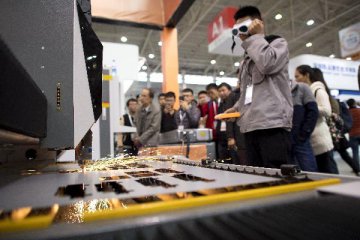
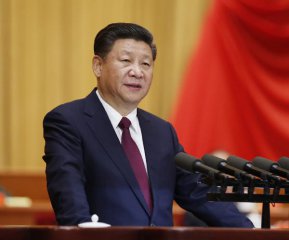
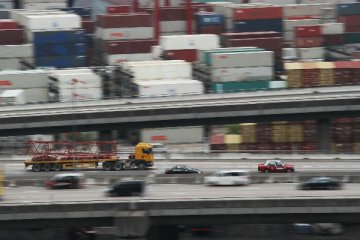
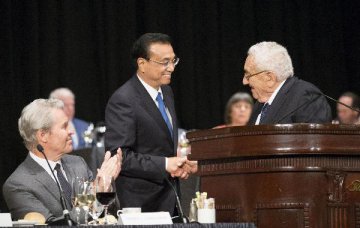
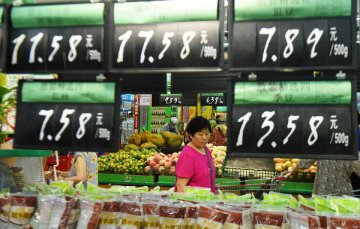


Latest comments